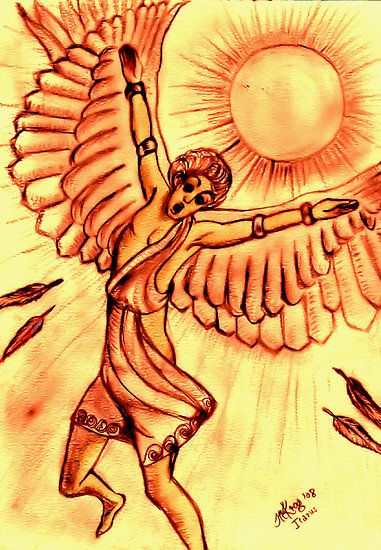
Still more modern techniques were employed in the discoveries of Ixion, found in 2001 using virtual telescope techniques, and of Quaoar, found in 2002 using photographs taken with the Hubble Space Telescope. A more modern approach uses two photographs taken less than an hour apart and examined through a stereomicroscope that allows the asteroid to appear suspended above the background of stars. Brucia was the first asteroid discovered by this method. In 1891, Max Wolf introduced the method of identifying an asteroid by the record of its path on an exposed photographic plate it appears as a short line in a time exposure, rather than as the sharp point of a star. By 1890 more than 300 asteroids had been discovered by visual means. Ceres and the asteroids Juno, Pallas, and Vesta, which were discovered soon (1802–7) after Ceres, were initially regarded as planets by many astronomers, a view that was not overturned until additional asteroids were identified in the 1840s and 50s. Piazzi discovered Ceres while studying the sky in the constellation Taurus Ceres was later found to have an orbit very near that predicted by Bode's law. astronomers were searching for a planet whose orbit should, according to Bode's law, have an average distance from the sun of 2.8 AU On Jan.

Some of the Trojan asteroids appear to be captured comets, composed of ice and dirt, rather than rocky asteroids. The M-type are composed of nickel iron and are bright. Those with a composition of nickel iron mixed with silicates of iron and magnesium (S-type) are relatively bright.

The majority (C-type) are similar to carbon-chrondite meteorites with approximately the same composition as the sun (excluding hydrogen) and are relatively dark. Centaurs are asteroids with orbits in the outer solar system.Īsteroids are also classified by composition and albedo, most being one of three types. First found in Jupiter's orbit, Trojan asteroids have also been found in the orbits of Mars, Neptune, and earth. Asteroids that share a planet's orbit are known as Trojan asteroids. The near-earth asteroids, which closely approach the earth, are classed as Atens (with orbits between the earth and the sun), Apollos (with orbits similar to that of the earth), and Amors (with orbits between the earth and Mars). These asteroids, also known as cisjovian asteroids, are divided into subgroups named for the main asteroid in the grouping: Hungarias, Floras, Phocaea, Koronis, Eos, Themis, Cybeles, and Hildas. The orbits of most main-belt asteroids lie partially between the orbits of Mars and Jupiter. The average orbital distance of the main-belt asteroids from the sun is about 2.9 astronomical units (AU). Many asteroids are so small that their sizes cannot be measured directly in many cases, their sizes have been estimated from their brightness and distances. Many known asteroids are no larger than a few kilometers in 1991, an asteroid only 33 ft (10 m) in diameter was found.

Only Vesta can be seen with the naked eye. The largest main-belt asteroid, Ceres, has a diameter of c.630 mi (1,000 km) and is considered a dwarf planet the three next largest in size are Pallas, Vesta, and Juno. The largest asteroids, Quaoar (diameter c.800 mi/1,300 km) and Ixion and Varuna (both c.750 mi/1,200 km), reside in the Kuiper belt (see comet) and are about half the size of Pluto. Most asteroids are irregularly shaped, unlike the spherically shaped major planets. More than 300,000 asteroids have been identified and cataloged more than a million are believed to exist in the main belt between Mars and Jupiter, with many more in the Kuiper belt beyond Neptune. Asteroid, planetoid, or minor planet, small body orbiting the sun.


 0 kommentar(er)
0 kommentar(er)
